I am designing a hobbyist's multi-fixed voltage channels using ATX PSU breakout. Of course the fixed voltages are 3.3V, 5V, 12V, and if possible, -12V too which are supported by ATX.
Now I want to implement overcurrent protection for each channels.
For TLDR, questions are:
- How fast should the overcurrent protection turn off the switch to protect connected devices? Of course, it will depend on the connected devices but I need a typical value because I am designing a PSU to test various my projects.
- What is recommended way to implement this?
- This protection should be user-adjustable by MCU to protect connected devices not PSU itself. PSU has some fuses to protect itself and also ATX PSU contains OCP already.
- Maximum current rating should be at least 5A, and preferably, 10A.
- This is a project of hobbyist, so maybe lacks some electronical details. If you need any further information or wrong description, please let me know.
At first, I thought combination of INA301 which supports overcurrent alert digital output and a PFET for high-side switch. Since my PSU has multiple voltage channels, I adapted high-side switch instead of low-side to avoid ground shift.
And then, I noticed that the alert output of INA301 is active low, so I have to invert the signal to turn off P-MOSFET on alert and added a digital inverter.
And again, I noticed that the current from digital output is too low to saturate the P-MOSFET fast enough.
Here, fast enough time means us order because response time of INA301 is 1us max. For instance, to fully charge the P-MOSFET with 50nC of Qg in 1us, I will need 50mA at least.
By the way, I have no idea how fast the switch should be turned off to protect loads.
Anyway, now I need a MOSFET driver to control MOSFET because digital output current is too low. For instance, in the case of INA301, the current from ALERT is uA order only and I will need
Now I started to think it became too complex because it is already combination of 4 components: INA301, P-MOSFET, digital inverter, MOSFET driver.
I have heard that there's a thing such as high-side switch IC, and searching products. However, before further digging, I think maybe I am not on the right track to implement adjustable OCP.
Also, I need to know a typical time scale for OCP to filter out not adequate products but I have no clue.
So, rephrasing the question,
- How fast should the overcurrent protection turn off the switch to protect connected devices?
- What is recommended way to implement this?
Any advice would be appreciated. Thank you.
